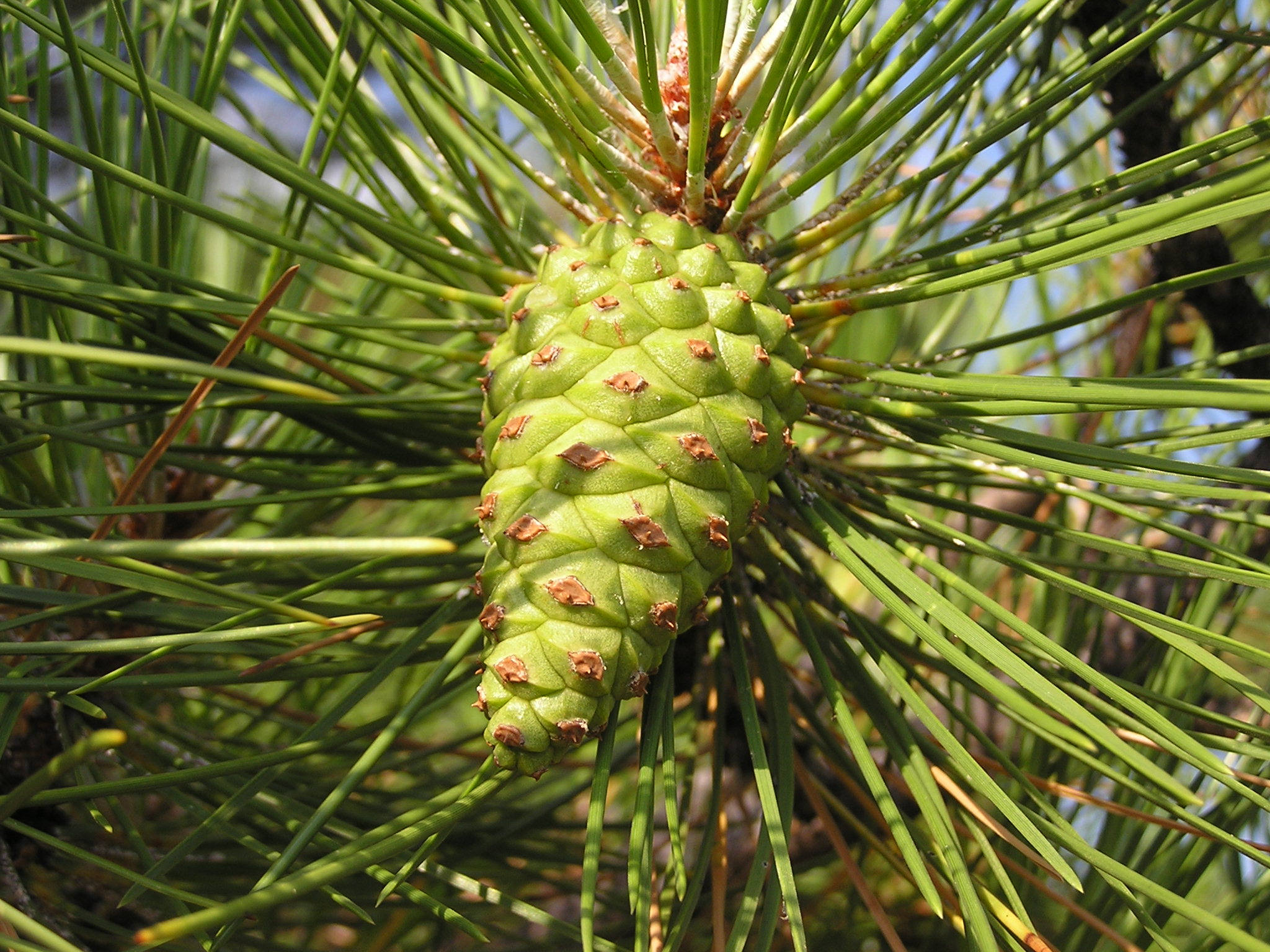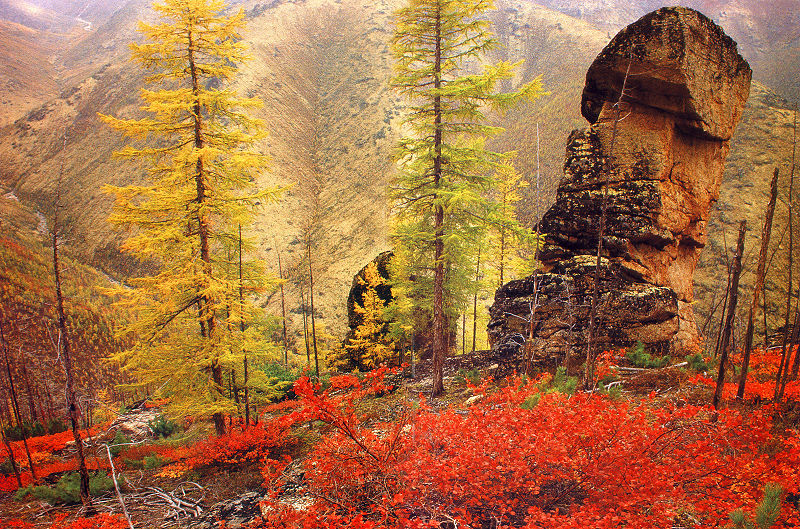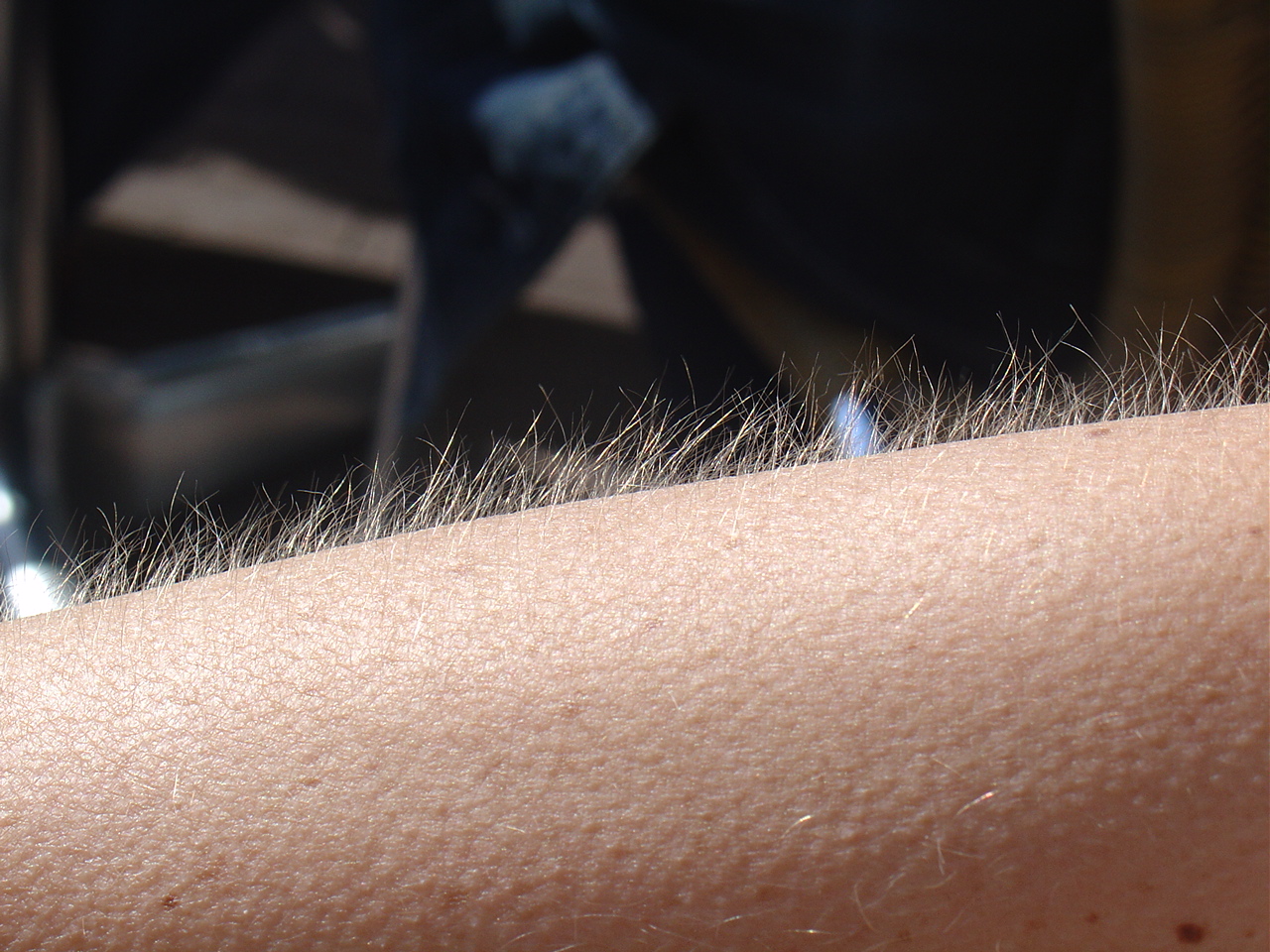|
Laricoideae
The Laricoideae are a subfamily of the Pinaceae, a Pinophyta phylum, division family. They take their name from the genus ''Larix'' (larches), which contains inside most of the species of the Cultivar group, group and is one of only two deciduous genera of the Pinaceae, pines complex (together with ''Pseudolarix'', which however belongs to a different subfamily, the Abietoideae). Ecologically important trees, the Laricoideae form pure or mixed forest associations often dominant in the ecosystems in which they are present, thanks also to their biological adaptations to natural disturbances, to reproductive strategies put in place and high average longevity of the individuals. Currently are assigned to this subfamily three genera (''Larix'', ''Pseudotsuga'' and ''Cathaya'') and its members can be found only in Northern Hemisphere. The various species live for the most part in temperate climate, temperate or cold climates and are the more northerly conifers; some constitute an importa ... [...More Info...] [...Related Items...] OR: [Wikipedia] [Google] [Baidu] |
Larches
Larches are deciduous conifers in the genus ''Larix'', of the family Pinaceae (subfamily Laricoideae). Growing from tall, they are native to the cooler regions of the northern hemisphere, where they are found in lowland forests in the high latitudes, and high in mountains further south. Larches are among the dominant plants in the Taiga, boreal forests of Siberia and Canada. Although they are conifers, larches are deciduous trees that lose their Needle (botany), needles in the autumn. Description and distribution The tallest species, ''Larix occidentalis'', can reach . Larch tree crowns are sparse, with the major branches horizontal; the second and third order branchlets are also ± horizontal in some species (e.g. ''Larix gmelinii, L. gmelinii'', ''Larix kaempferi, L. kaempferi''), or characteristically pendulous in some other species (e.g. ''Larix decidua, L. decidua'', ''Larix griffithii, L. griffithii''). Larch shoots are dimorphic, with leaves borne singly on long shoots ... [...More Info...] [...Related Items...] OR: [Wikipedia] [Google] [Baidu] |
Cathaya
''Cathaya'' is a genus in the pine family, Pinaceae, with one known living species, ''Cathaya argyrophylla''. In foliage and cone morphology, ''Cathaya'' has been considered a member of the subfamily Laricoideae, closely related to '' Pseudotsuga'' and '' Larix'', but more recent genetic studies have suggested a closer relationship to ''Pinus'' and ''Picea'' in the subfamily Pinoideae. A second species, ''C. nanchuanensis'', is now treated as a synonym, as it does not differ from ''C. argyrophylla'' in any characters. Description ''Cathaya'' is confined to a limited area in southern China, in the provinces of Guangxi, Guizhou, Hunan and southeast Sichuan. It is an evergreen tree growing to tall and a trunk up to diameter, found on steep, narrow mountain slopes at altitude on limestone soils. A larger population has been reduced by over-cutting before its scientific discovery and protection in 1950. The leaves are needle-like, long, have ciliate (hairy) margins when young ... [...More Info...] [...Related Items...] OR: [Wikipedia] [Google] [Baidu] |
Pinaceae
The Pinaceae (), or pine family, are conifer trees or shrubs, including many of the well-known conifers of commercial importance such as Cedrus, cedars, firs, Tsuga, hemlocks, Pinyon_pine, piñons, larches, pines and spruces. The family is included in the order Pinales, formerly known as Coniferales. Pinaceae have distinctive cones with woody scales bearing typically two Ovule, ovules, and are supported as monophyletic by both Morphology (biology), morphological trait and genetic analysis. They are the largest extant conifer family in species diversity, with between 220 and 250 species (depending on Taxonomy (biology), taxonomic opinion) in 11 genera, and the second-largest (after Cupressaceae) in geographical range, found in most of the Northern Hemisphere, with the majority of the species in temperate climates, but ranging from subarctic to tropical. The family often forms the dominant component of Boreal forest, boreal, coastal, and montane forests. One species, ''Pinus merkus ... [...More Info...] [...Related Items...] OR: [Wikipedia] [Google] [Baidu] |
Larix
Larches are deciduous conifers in the genus ''Larix'', of the family Pinaceae (subfamily Laricoideae). Growing from tall, they are native to the cooler regions of the northern hemisphere, where they are found in lowland forests in the high latitudes, and high in mountains further south. Larches are among the dominant plants in the boreal forests of Siberia and Canada. Although they are conifers, larches are deciduous trees that lose their needles in the autumn. Description and distribution The tallest species, '' Larix occidentalis'', can reach . Larch tree crowns are sparse, with the major branches horizontal; the second and third order branchlets are also ± horizontal in some species (e.g. '' L. gmelinii'', '' L. kaempferi''), or characteristically pendulous in some other species (e.g. '' L. decidua'', '' L. griffithii''). Larch shoots are dimorphic, with leaves borne singly on long shoots typically long and bearing several buds, and in dense clusters of 20–50 need ... [...More Info...] [...Related Items...] OR: [Wikipedia] [Google] [Baidu] |
Pseudotsuga
''Pseudotsuga'' is a genus of evergreen coniferous trees in the family Pinaceae (subfamily Laricoideae). Common names for species in the genus include Douglas fir, Douglas-fir, Douglas tree, Oregon pine and Bigcone spruce. ''Pseudotsuga menziesii'' (Douglas fir proper) is widespread in western North America and is an important source of timber. The number of species has long been debated, but two in western North America and two to four in eastern Asia are commonly acknowledged. Nineteenth-century botanists had problems in classifying Douglas firs, due to the species' similarity to various other conifers better known at the time; they have at times been classified in ''Pinus'', ''Picea'', ''Abies'', ''Tsuga'', and even '' Sequoia''. Because of their distinctive cones, Douglas firs were finally placed in the new genus ''Pseudotsuga'' (meaning "false hemlock") by the French botanist Carrière in 1867. The genus name has also been hyphenated as ''Pseudo-tsuga''. Name The tree ta ... [...More Info...] [...Related Items...] OR: [Wikipedia] [Google] [Baidu] |
Conifers
Conifers () are a group of cone-bearing seed plants, a subset of gymnosperms. Scientifically, they make up the division Pinophyta (), also known as Coniferophyta () or Coniferae. The division contains a single extant class, Pinopsida. All extant conifers are perennial woody plants with secondary growth. The majority are trees, though a few are shrubs. Examples include cedars, Douglas-firs, cypresses, firs, junipers, kauri, larches, pines, hemlocks, redwoods, spruces, and yews.Campbell, Reece, "Phylum Coniferophyta". ''Biology''. 7th ed. 2005. Print. p. 595. As of 2002, Pinophyta contained seven families, 60 to 65 genera, and more than 600 living species. Although the total number of species is relatively small, conifers are ecologically important. They are the dominant plants over large areas of land, most notably the taiga of the Northern Hemisphere, but also in similar cool climates in mountains further south. Boreal conifers have many wintertime adaptations. The ... [...More Info...] [...Related Items...] OR: [Wikipedia] [Google] [Baidu] |
Climates
Climate is the long-term weather pattern in a region, typically averaged over 30 years. More rigorously, it is the mean and variability of meteorological variables over a time spanning from months to millions of years. Some of the meteorological variables that are commonly measured are temperature, humidity, atmospheric pressure, wind, and precipitation. In a broader sense, climate is the state of the components of the climate system, including the atmosphere, hydrosphere, cryosphere, lithosphere and biosphere and the interactions between them. The climate of a location is affected by its latitude, longitude, terrain, altitude, land use and nearby water bodies and their currents. Climates can be classified according to the average and typical variables, most commonly temperature and precipitation. The most widely used classification scheme is the Köppen climate classification. The Thornthwaite system, in use since 1948, incorporates evapotranspiration along with temperatur ... [...More Info...] [...Related Items...] OR: [Wikipedia] [Google] [Baidu] |
Cold
Cold is the presence of low temperature, especially in the atmosphere. In common usage, cold is often a subjectivity, subjective perception. A lower bound to temperature is absolute zero, defined as 0.00K on the Kelvin scale, an absolute thermodynamic temperature scale. This corresponds to on the Celsius scale, on the Fahrenheit scale, and on the Rankine scale. Since temperature relates to the thermal energy held by an object or a sample of matter, which is the kinetic energy of the random motion of the particle constituents of matter, an object will have less thermal energy when it is colder and more when it is hotter. If it were possible to cool a system to absolute zero, all motion of the particles in a sample of matter would cease and they would be at complete rest in the classical physics, classical sense. The object could be described as having zero thermal energy. Microscopically in the description of quantum mechanics, however, matter still has zero-point energy ... [...More Info...] [...Related Items...] OR: [Wikipedia] [Google] [Baidu] |
Temperate Climate
In geography, the temperate climates of Earth occur in the middle latitudes (approximately 23.5° to 66.5° N/S of the Equator), which span between the tropics and the polar regions of Earth. These zones generally have wider temperature ranges throughout the year and more distinct seasonal changes compared to tropical climates, where such variations are often small; they usually differ only in the amount of precipitation. In temperate climates, not only do latitudinal positions influence temperature changes, but various sea currents, prevailing wind direction, continentality (how large a landmass is) and altitude also shape temperate climates. The Köppen climate classification defines a climate as "temperate" C, when the mean temperature is above but below in the coldest month to account for the persistence of frost. However, some adaptations of Köppen set the minimum at . Continental climates are classified as D and considered to be varieties of temperate climates, ... [...More Info...] [...Related Items...] OR: [Wikipedia] [Google] [Baidu] |
Pseudolarix
''Pseudolarix'' is a genus of coniferous trees in the pine family Pinaceae containing three species, the extant '' Pseudolarix amabilis'' and the extinct species '' Pseudolarix japonica'' and '' Pseudolarix wehrii''. ''Pseudolarix'' species are commonly known as golden larch, but are not true larches (''Larix'') being more closely related to '' Keteleeria'', '' Abies'' and ''Cedrus''. ''P. amabilis'' is native to eastern China, occurring in small areas in the mountains of southern Anhui, Zhejiang, Fujian, Jiangxi, Hunan, Hubei and eastern Sichuan, at altitudes of . ''P. wehrii'' is described from fossils dating to the Early Eocene (Ypresian), of Western North America where it is found in the Eocene Okanagan Highlands Allenby and Klondike Mountain Formations. The youngest known occurrence is of mummified fossils found in the Late Eocene Buchanan Lake Formation on Axel Heiberg Island. ''P. japonica'' is known from Middle Miocene to Pliocene sediments in Japan and Miocene ... [...More Info...] [...Related Items...] OR: [Wikipedia] [Google] [Baidu] |
Timber
Lumber is wood that has been processed into uniform and useful sizes (dimensional lumber), including beams and planks or boards. Lumber is mainly used for construction framing, as well as finishing (floors, wall panels, window frames). Lumber has many uses beyond home building. Lumber is referred to as timber in the United Kingdom, Australia, and New Zealand, while in other parts of the world, including the United States and Canada, the term ''timber'' refers specifically to unprocessed wood fiber, such as cut logs or standing trees that have yet to be cut. Lumber may be supplied either rough- sawn, or surfaced on one or more of its faces. ''Rough lumber'' is the raw material for furniture-making, and manufacture of other items requiring cutting and shaping. It is available in many species, including hardwoods and softwoods, such as white pine and red pine, because of their low cost. ''Finished lumber'' is supplied in standard sizes, mostly for the construction ind ... [...More Info...] [...Related Items...] OR: [Wikipedia] [Google] [Baidu] |
Species
A species () is often defined as the largest group of organisms in which any two individuals of the appropriate sexes or mating types can produce fertile offspring, typically by sexual reproduction. It is the basic unit of Taxonomy (biology), classification and a taxonomic rank of an organism, as well as a unit of biodiversity. Other ways of defining species include their karyotype, DNA sequence, morphology (biology), morphology, behaviour, or ecological niche. In addition, palaeontologists use the concept of the chronospecies since fossil reproduction cannot be examined. The most recent rigorous estimate for the total number of species of eukaryotes is between 8 and 8.7 million. About 14% of these had been described by 2011. All species (except viruses) are given a binomial nomenclature, two-part name, a "binomen". The first part of a binomen is the name of a genus to which the species belongs. The second part is called the specific name (zoology), specific name or the specific ... [...More Info...] [...Related Items...] OR: [Wikipedia] [Google] [Baidu] |







